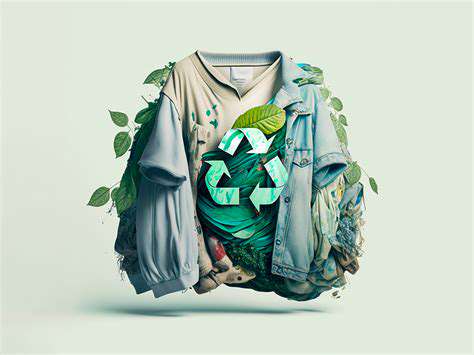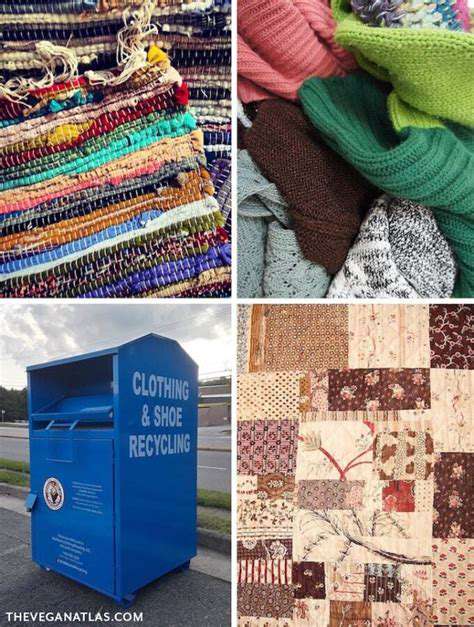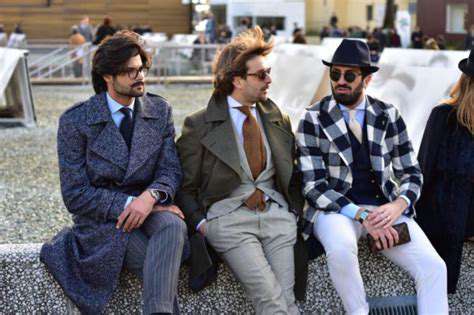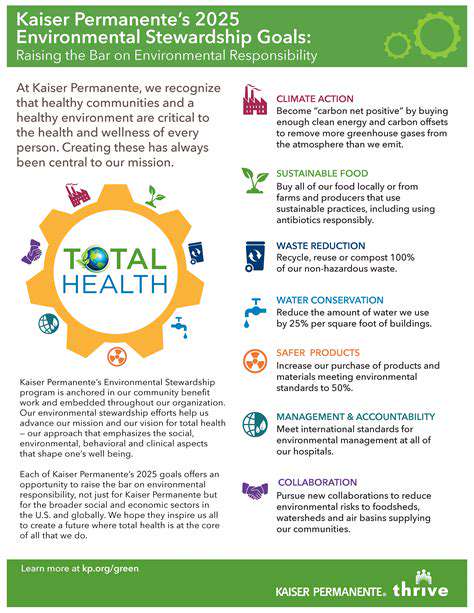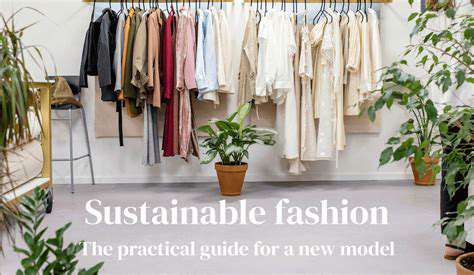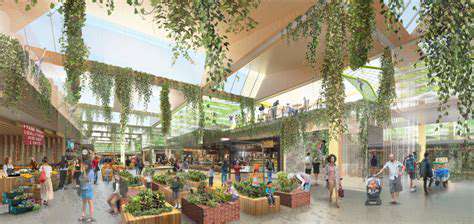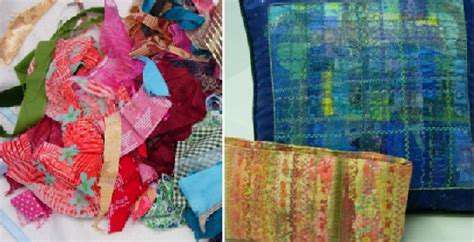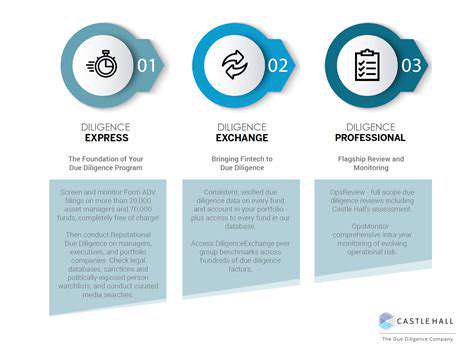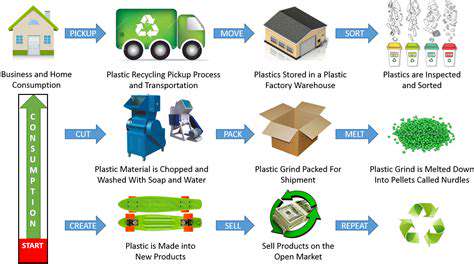The Art of Sustainable Wardrobe Planning
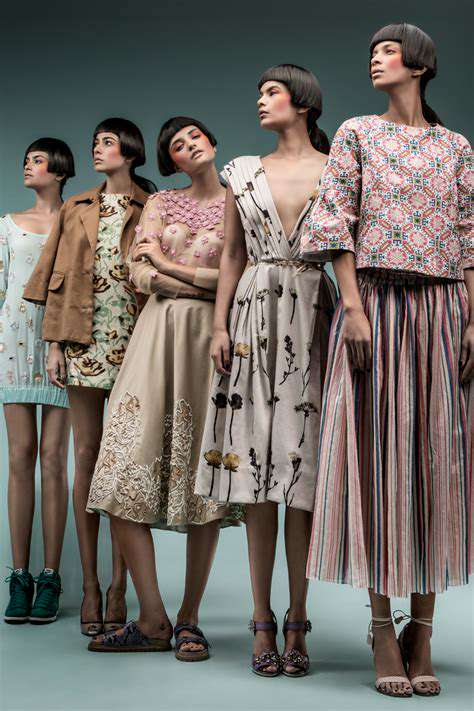
Understanding the Core Principles of Sustainable Fashion
True sustainable fashion goes beyond surface-level trends; it's a philosophy that considers a garment's entire journey. At its heart lies ethical material sourcing, environmental stewardship throughout production, and mindful consumption habits. This holistic view examines every stage - from raw material extraction to manufacturing processes, and ultimately to the garment's final resting place.
When consumers grasp these foundational concepts, they become active participants in reshaping the industry. This requires researching brands thoroughly and selecting products that genuinely reflect these values. Understanding textile differences, such as the benefits of organic cotton versus conventional, empowers more conscious purchasing decisions.
Ethical Sourcing and Fair Labor Practices
The human element of fashion production demands equal attention. Ethical sourcing ensures fair treatment for everyone involved in creating our clothes - living wages, safe working environments, and dignified conditions. Companies that embed these principles into their operations demonstrate genuine commitment to social responsibility and workers' rights.
Shoppers can champion ethical practices by seeking out credible certifications when making purchases. These indicators help identify brands that align with personal ethics regarding worker welfare in the garment industry.
Minimizing Environmental Impact
The fashion industry's ecological footprint is staggering, contributing significantly to pollution, water scarcity, and climate change. Sustainable approaches counteract this through eco-conscious materials, waste reduction strategies, and energy-efficient production. Addressing water consumption and textile waste represents crucial steps toward reducing the industry's environmental damage.
Choosing Sustainable Materials
Material selection forms the backbone of sustainable fashion choices. Options like organic cotton, recycled polyester, and linen offer substantially lower environmental impacts than conventional alternatives. These eco-friendly fabrics typically require less water and energy to produce while generating fewer emissions throughout their lifespan. Educating oneself about sustainable material options and their advantages enables smarter fashion decisions.
Responsible Consumption and Waste Reduction
Mindful purchasing forms the cornerstone of sustainable fashion practice. It involves carefully considering each acquisition - longevity, versatility, and end-of-life options. Investing in fewer, higher-quality pieces designed for extended wear represents a fundamental sustainable principle. Repairing and reimagining garments rather than discarding them significantly cuts textile waste.
Supporting transparent brands that embrace circular economy principles further promotes sustainability. This includes favoring companies with garment recycling initiatives or second-life programs for used clothing.
Assessing Your Existing Wardrobe: A Deep Dive into What You Own
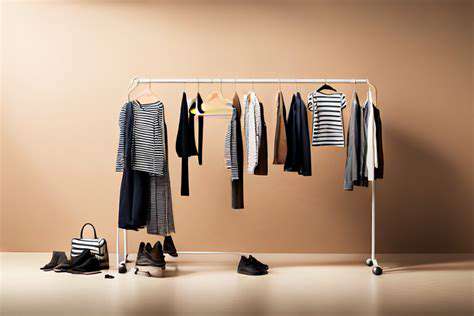
Inventorying Your Possessions
Conducting a comprehensive wardrobe audit creates the foundation for a sustainable, functional closet. This means examining every item critically - assessing condition, fit, and actual usage patterns. Evaluate whether each piece still aligns with your current lifestyle and aesthetic preferences. This detailed analysis reveals exactly what you own and highlights any missing elements.
Organize garments systematically by category - tops, bottoms, dresses, jackets, and accessories. This structure makes identifying duplicates, ill-fitting items, or unworn pieces much simpler. A well-executed inventory serves as the cornerstone for effective wardrobe management.
Evaluating Condition and Fit
Scrutinize each garment for damage, excessive wear, or stains. Be brutally honest about each item's condition. If repair seems impractical, consider responsible disposal. Assess fit equally critically - does the garment flatter your current physique and personal comfort level? This honest appraisal forms the basis for sound wardrobe decisions.
Give special attention to stretched, hole-ridden, or severely faded items. Even once-loved pieces may no longer deserve closet space if they've deteriorated beyond reasonable repair.
Identifying Style Preferences
Reflect on how your personal style has developed over time. Which colors, patterns, and cuts consistently appeal to you? How do you prefer to express yourself through clothing? Recognizing your evolving aesthetic helps make informed choices about wardrobe curation. This self-awareness proves invaluable for assembling a closet that authentically represents your identity.
Identifying Unused or Underutilized Items
Pinpoint garments that haven't been worn in the past year - a clear signal they no longer serve a purpose. Emotional attachment often clouds judgment, but factual usage patterns reveal truth. Consider whether these items genuinely fit your current lifestyle and outfit creation habits.
Determining Your Needs and Wants
Analyze your lifestyle demands and upcoming events to identify wardrobe requirements. Do you need more versatile basics? Special occasion pieces? Recognizing these needs helps focus acquisitions on items that truly enhance your wardrobe. Evaluate each potential addition based on its practical value and mix-and-match potential.
Assessing Current Trends and Seasonal Changes
While acknowledging current fashion trends, prioritize timelessness over temporary styles. Are certain pieces now misaligned with your aesthetic? Do seasonal gaps exist in your wardrobe? This evaluation helps identify outdated or irrelevant items.
Emphasize classic, adaptable pieces that transcend seasonal whims. This strategy builds a wardrobe resilient to passing trends while accommodating seasonal variations.
Prioritizing Quality Over Quantity: Investing in Timeless Pieces
Investing in Quality for Long-Term Value
Quality-focused wardrobe building represents a cornerstone of sustainable living. Rather than accumulating cheap, disposable fashion, invest in enduring pieces crafted from premium materials with exceptional construction. This approach reduces environmental harm by extending garment lifespans while decreasing the financial burden of constant replacement.
Though premium items require greater initial outlay, their long-term value and versatility justify the investment. These become wardrobe staples, forming the foundation for countless outfit combinations. Supporting quality-focused brands also endorses their ethical and sustainable business practices.
Understanding Timeless Style and Design
Timeless fashion transcends temporary trends through classic silhouettes, sophisticated color schemes, and impeccable craftsmanship. Recognizing these enduring elements enables selection of pieces that remain stylish indefinitely.
When evaluating timeless items, scrutinize material quality, fit precision, and overall design integrity. Seek out durable fabrics and superior tailoring that ensures longevity. Prioritize versatile designs that coordinate seamlessly with existing wardrobe elements.
The Environmental Impact of Choosing Quality
Quality-first purchasing directly reduces textile waste by decreasing replacement frequency. Durable, well-crafted garments minimize landfill contributions, aligning perfectly with sustainable fashion principles.
High-quality production often incorporates eco-conscious methods - organic materials, water conservation, and energy efficiency. Supporting these manufacturers promotes environmentally responsible industry practices, contributing to a more sustainable fashion future.
Building a Versatile Capsule Wardrobe: Mastering the Art of Mix-and-Match

Curating Your Core Capsule
An effective capsule wardrobe centers on versatile, neutral-toned pieces that combine effortlessly. Consider your daily routines and activities carefully. Select items that accommodate your regular schedule, whether remote work, business meetings, or social engagements. These foundational pieces should form a flexible base for future additions.
Quality should always trump quantity. Well-constructed, durable garments offer superior long-term value compared to fast fashion alternatives. Evaluate fabric composition, construction quality, and design integrity. Comfort and wearability remain paramount for confidence in daily wear.
Expanding Your Capsule Wardrobe
With a solid foundation established, introduce complementary pieces to increase versatility. Consider accent colors, subtle patterns, or statement accessories that enhance your core selections.
Strategic additions like distinctive scarves, eye-catching footwear, or bold jewelry can transform basic outfits without compromising versatility. These elements add personality while maintaining your capsule's functional foundation. Thoughtfully incorporate seasonal items - lightweight layers for warmer months or cozy knits for winter - to ensure year-round adaptability.
Maintaining Your Capsule Wardrobe
Capsule wardrobe success requires ongoing evaluation and mindful consumption. Regularly review each item's usefulness and relevance. If something remains unworn for extended periods, question whether it still aligns with your style and needs. This practice prevents clutter accumulation and ensures every piece earns its place.
Proper garment care extends wardrobe longevity significantly. Follow fabric-specific care instructions, address stains promptly, and store items appropriately. These habits preserve quality and appearance over time.
Remain open to periodic updates as personal style evolves or functional needs change. Introducing fresh elements or retiring outdated pieces keeps your capsule relevant and reflective of your current aesthetic.
Maintaining Your Sustainable Wardrobe: Tips for Long-Term Style and Sustainability
Planning Your Sustainable Wardrobe
Strategic wardrobe planning forms the bedrock of sustainable fashion. Rather than impulsive buying, carefully analyze existing pieces to identify genuine needs. What missing items would enhance your current collection? This thoughtful approach prevents unnecessary purchases, reduces waste, and fosters conscious consumption. Understanding your personal style and practical requirements enables smarter buying decisions aligned with long-term goals.
Establishing a clothing budget prevents overspending while emphasizing quality investments. Research ethical brands offering timeless designs at various price points to stay within financial limits without sacrificing style or sustainability.
Prioritizing Quality Over Quantity
Investing in durable, well-made clothing represents a sustainable wardrobe essential. Trend-driven purchases may tempt, but enduring quality ensures longevity. Premium materials like organic cotton, linen, or recycled fabrics withstand extended wear while reducing environmental impact. Superior construction translates to less frequent replacement, offering both ecological and financial benefits.
Evaluate each potential purchase's long-term value. Will it truly enhance your wardrobe, or merely follow a fleeting trend? Versatile pieces that complement existing items maximize utilization and relevance.
Choosing Sustainable Fabrics and Brands
Fabric selection critically impacts sustainability. Prioritize natural fibers like organic cotton, linen, or hemp with lower environmental footprints than conventional alternatives. Recycled materials including polyester and wool offer additional eco-friendly options that reduce textile waste.
Support brands demonstrating genuine commitment to ethical labor practices and sustainable production methods. These companies minimize environmental harm throughout their supply chains, making them ideal partners for conscious consumers.
Extending the Lifespan of Your Clothes
Proper garment care significantly prolongs clothing lifespan. Follow care labels meticulously, using gentle cleaning methods that preserve fabric integrity. Address repairs promptly rather than discarding slightly damaged items.
Consider professional alterations or creative mending to refresh older pieces. This approach reduces textile waste while allowing personal expression through customized clothing.
Upcycling and Repurposing Clothing
Creative repurposing gives new life to unworn garments. Transform t-shirts into reusable bags, convert jeans into shorts, or rework sweaters into home accessories. These innovative solutions reduce waste while showcasing individual creativity.
Explore upcycling techniques through online tutorials or community workshops. These methods offer rewarding ways to personalize your wardrobe while minimizing environmental impact.
Accessorizing Your Sustainable Wardrobe
Thoughtful accessories elevate sustainable outfits while expressing personal flair. Seek unique vintage finds or handmade pieces with character and history. These distinctive items add personality without compromising sustainability principles.
Invest in durable, timeless accessories crafted from quality materials. Supporting local artisans and secondhand markets contributes to a more ethical, sustainable fashion ecosystem.

